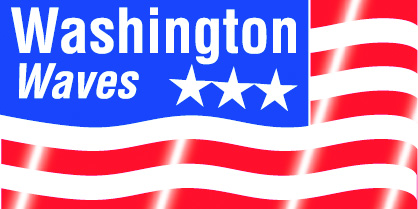Washington, D.C.—The U.S. Army Corps of Engineers has released for public comment the first-ever comprehensive guidelines for the nation’s levees. Stakeholders, tribes, community members and others are encouraged to comment on the draft guidelines as well as a companion document, “Best Practices for Vegetation Management on Levees.”
Both documents are available at www.leveesafety.org/pages/nlsg.
Due by July 31, comments can be emailed to hq-leveesafety@usace.army.mil, submitted through the Federal Register under Docket No. COE-2021-0007 or mailed to U.S. Army Corps of Engineers, Vicksburg District, ATTN: Levee Safety Center-Room 221, 4155 East Clay St., Vicksburg, MS 39183.
A joint effort with the Corps and the Federal Emergency Management Agency (FEMA), the National Levee Safety Program developed the guidelines to provide best practices and serve as a resource to help achieve nationwide consistency in improving the reliability of levees and resilience of communities behind levees.
Multimodal Grants
Port projects may qualify for funding through a roughly $5 billion Multimodal Project Discretionary (MPDG) program announced by Transportation Secretary Pete Buttigieg.
Targeting projects of regional or national significance, the streamlined MPDG program includes:
• $1.7 billion for the National Infrastructure Project Assistance (Mega) program that invests in large, complex projects that are difficult to fund by other means. Port projects were specifically listed as eligible for funding through Mega.
• $2.7 billion for the Infrastructure for Rebuilding America (INFRA) program, which awards competitive grants to multimodal freight and highway projects of national or regional significance to improve the safety, accessibility, efficiency and reliability of the movement of freight and people in and across rural and urban areas.
• $780 million for the Rural Surface Transportation Grant (Rural) program.
According to the announcement, applications will be evaluated based on how well they advance outcomes including safety, economic impacts, job creation, equity, innovation and climate goals.
Applications must be submitted by11:59 pm EDT on May 6.
Baltimore Response
The unified command marked a “significant milestone” in its response efforts in the Port of Baltimore by opening two temporary alternate channels with the first commercial traffic movements through the area.
“Our No. 1 priority remains the opening of the deep-draft channel,” said Coast Guard Cmdr. Baxter Smoak, operations chief of the Key Bridge Response 2024. “We are simultaneously focused on opening additional routes of increased capacity as we move forward.”
A 2,000-yard safety zone around the Francis Scott Key Bridge remained in effect. Mariners were requested to monitor VHF-FM marine channel 16 for the latest information.
President Joe Biden, who said it was his intention to have the federal government cover the entire cost of rebuilding the collapsed bridge, was scheduled to visit Baltimore on April 5.




